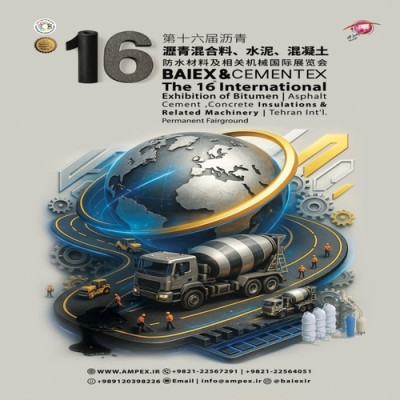It is almost unimaginable that Saudi Crown Prince Mohammed bin Salman or UAE leader Sheikh Mohammed bin Zayed would ignore a phone call from President Trump, as they once did with President Biden during the energy crisis following Russia’s 2022 invasion of Ukraine. Yet, at a December 5 meeting, OPEC+ members—including Saudi Arabia, the UAE, and Russia—delayed easing production cuts of 2.2 million barrels per day (bpd) from January to April and extended a separate 3.6 million bpd reduction until 2026. These decisions may face scrutiny under Trump’s second term, should he return to office.
Trump has been openly critical of OPEC, Saudi Arabia’s policies, and China’s growing influence in the region. His frustration stems from what he views as a breach of the 1945 agreement between Saudi Arabia and the U.S., which promised American security guarantees in exchange for reasonably priced oil. Saudi Arabia has violated this understanding on several occasions, most notably during the 1974 Oil Crisis and the 2014-2016 Oil Price War, which targeted U.S. shale producers.
During his first term, Trump advocated for oil prices to stay within a “Trump Oil Price Range” of $40-45 to $75-80 per barrel. This range balanced profitability for U.S. shale producers with broader economic growth. His administration pressured Saudi Arabia to lower prices when they exceeded $80 per barrel, and this approach briefly succeeded in stabilizing markets.
Looking ahead, Trump’s new administration would likely focus on reasserting U.S. influence over OPEC, particularly Saudi Arabia and the UAE. This serves multiple purposes: countering Iran’s influence in the region, which aligns with Saudi Arabia’s Sunni-led policies, and reducing China’s sway over Middle Eastern geopolitics. Since Trump’s first term, Saudi Arabia and the UAE have drifted closer to China, which has secured favorable oil deals and covert military ties, including a secret facility in the UAE and ballistic missile assistance to Saudi Arabia.
Trump’s unpredictability, strong Republican backing, and the weakened global standing of Russia and China position him to challenge OPEC+ effectively. He could leverage a mix of threats, such as sanctions and reduced military support, and incentives, like new investment and security agreements, to bring key OPEC nations back under U.S. influence. Such efforts could redefine the dynamics of the global oil market and Middle Eastern politics in the years ahead.
By WPB
Oil, Saudi Arabia, China




















